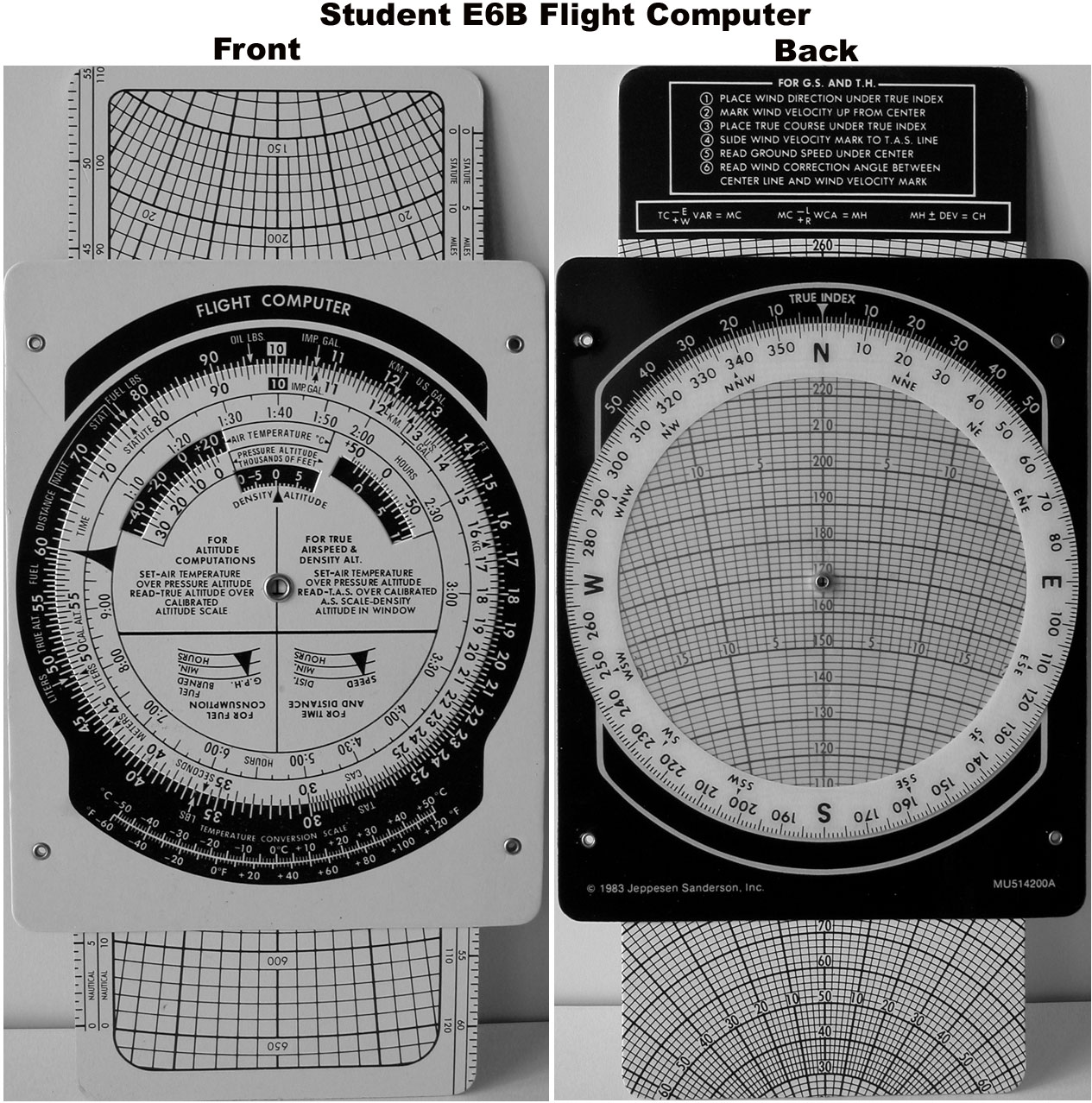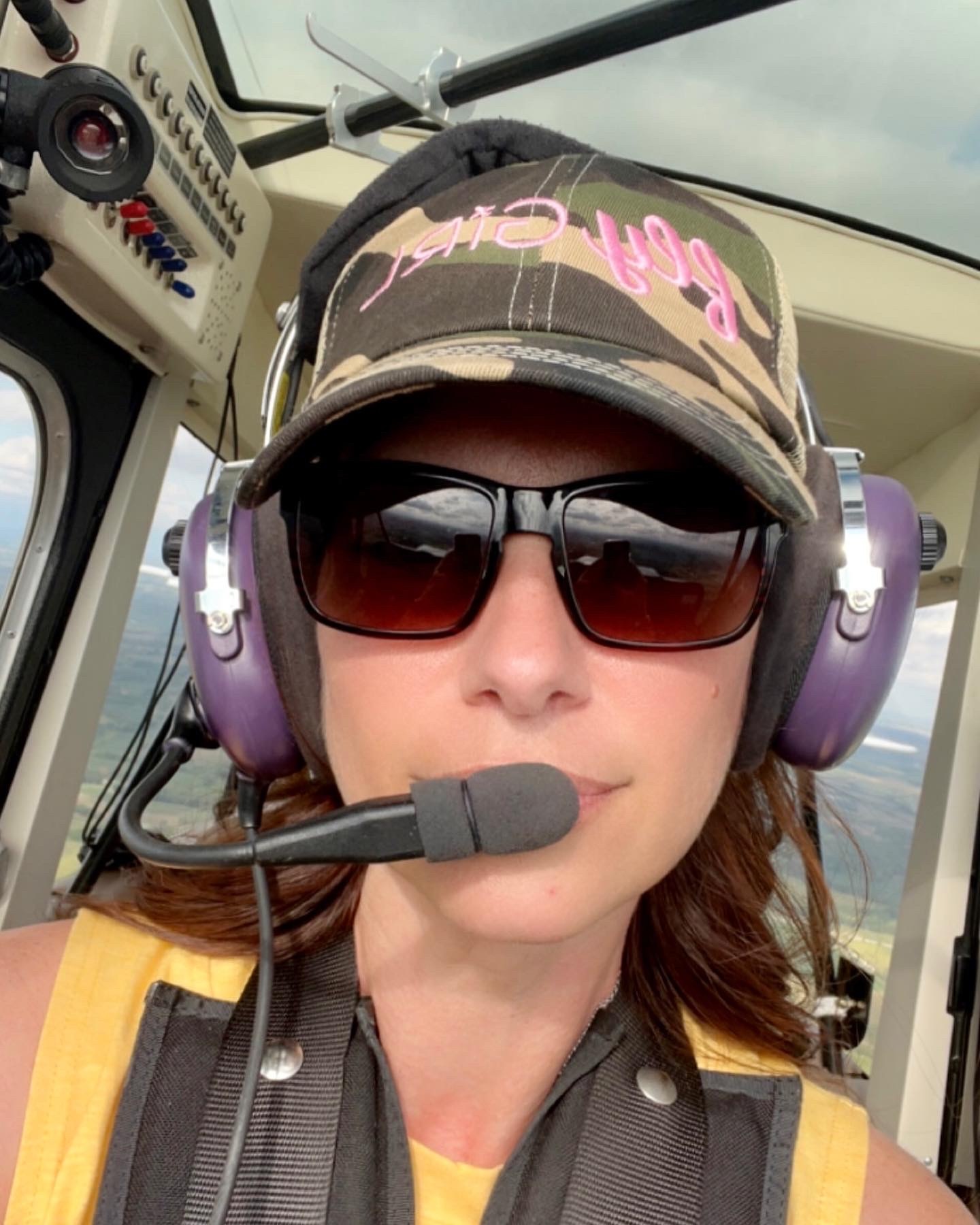
As pilots, we all know that planning a flight can be a daunting task. From selecting the correct route to account for weather conditions, there are many variables to consider and it’s essential to have the right tools, an E6B, to help us make informed decisions.
One of the most essential tools we use for flight planning is the electronic flight computer or E6B. It’s a versatile, durable, and reliable device that can help us with a wide range of calculations and conversions. In this article, we’ll dive into what an E6B flight computer is, its different components, and how to use it to plan a flight.
What is an Electronic Flight Computer?
An electronic flight computer is an electronic version of the traditional E6B flight computer. It can perform the same calculations and conversions in a matter of seconds, making it a faster and more convenient option for pilots who prefer to use a digital device.
The Specific Components
The E6B flight computer has two sides; the wind side and the computer side. On the wind side of the computer, we can calculate ground speed, true course, and wind correction angle. While on the computer side, we can calculate time en route, fuel consumption, and the true airspeed.
The Wind Side
To use the wind side of the computer, we need to enter the wind direction and speed into the top of the device pointing into the wind, then turn the outer wheel until the wind direction and the true course align. Once this is done, we can read the true heading the aircraft should follow.
The Computer Side
To use the computer side of the E6B, we first need to input the true airspeed of the aircraft into the middle of the device. Then we can use the outer wheel to calculate the distance traveled, fuel consumption, and time en route by aligning the values.
Using the E6B Flight Computer
To use this tool, we need to have a basic understanding of the calculations we need to make. These can include fuel consumption, distance covered, ground speed, and true airspeed values.
Here are some quick steps to use an E6B flight computer:
- Determine and input the values you know, such as wind direction, ground speed, and true airspeed, into each of the components.
- Rotate the different components on the computer until the desired value aligns.
- Use the results to make informed planning decisions and to make adjustments to your flight plan as required.
Random fact: The E6B flight computer was first introduced in the early 1930s and has been a pilot’s favorite ever since.
The Electronic Flight Computer, E6B flight computer, is a valuable tool for pilots to calculate a variety of calculations related to flight planning. It’s essential for pilots to know how to use E6B flight computer to make accurate and informed planning decisions. Moreover, its durability and reliability have made it a favorite among pilots for nearly a century. Personally, the E6B has always been somewhat intimidating to me so if you have any questions don’t hesitate to reach out to Angle of Attack for those answers.

Karey grew up and obtained her in private pilot’s license in Central Iowa. She fell in love with tailwheel aircraft during her primary training and obtained a tailwheel endorsement the week following her private pilot checkride. She is eager to obtain her seaplane rating and is merging her passion for flying with her prior work career. Karey has a background in marketing, editing, and web design after graduating from Simpson College. When she is not flying or working, Karey enjoys anything related to technology and admits she can be a bit of a nerd. She also has discovered a love for virtually all outdoor pursuits, with a special fondness for climbing, shooting, and hiking.

Stay Connected
Be the very first to get notified when we publish new flying videos, free lessons, and special offers on our courses.





